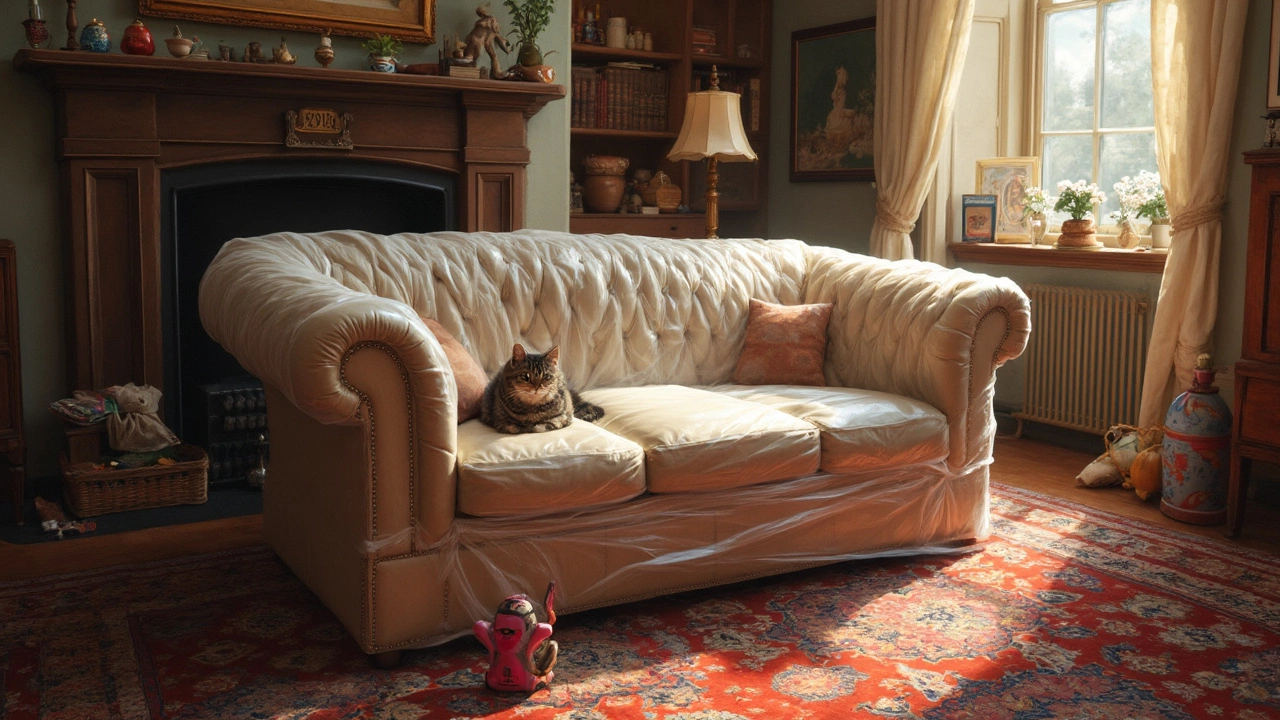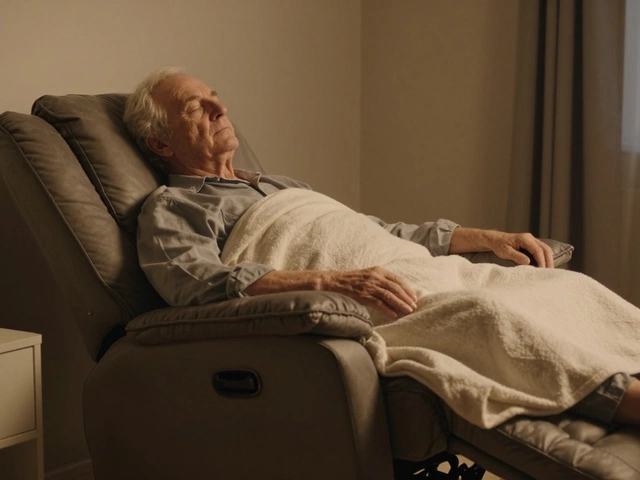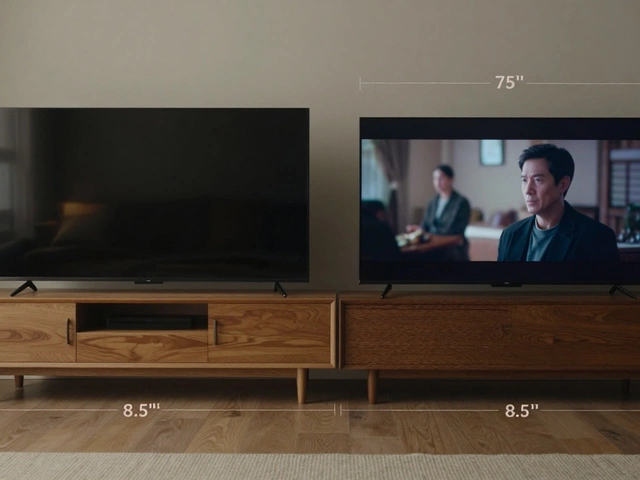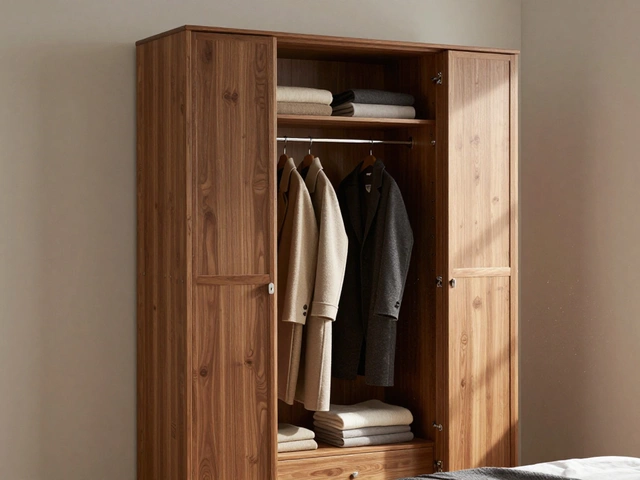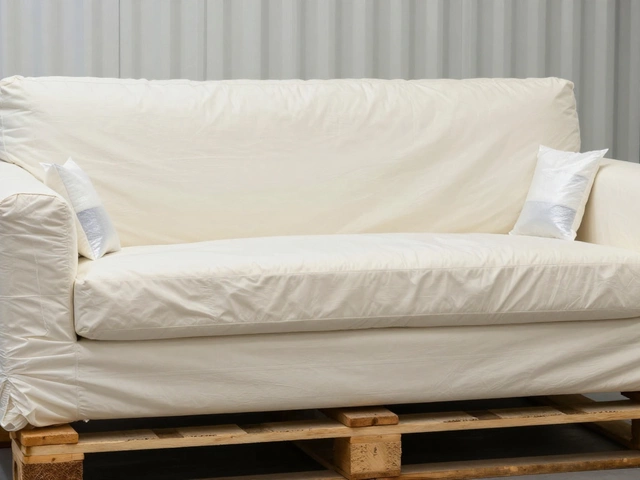So, why do some folks keep plastic on their couches? It might seem pretty quirky or old-school to slap a plastic cover over your sofa, but there's a bit of logic behind it. Whether it's about protecting the investment or just sticking with habit, covering couches in plastic is more common than you might think.
Think about it—couches can be a big purchase, especially if you're going for something plush and fancy. Wrapping them up keeps them looking fresh out of the showroom, no matter how messy the household gets. Picture this: You're hosting a party, drinks are flowing, kids are everywhere—one spill, and bam! Your upholstery could get stained forever. That's where good ol' plastic comes into play.
But it's not all about the mess. Some people just like the idea of having their furniture last longer without the daily wear and tear. Plus, many remember those plastic-covered couches from their childhood, sparking a warm sense of nostalgia. But whether you're covering for practicality or sentimental reasons, it's fascinating how a simple sheet of plastic can hold such significance in home furniture care.
- The Origins of Plastic Covers
- Practical Reasons for Plastic
- Cultural Influences and Nostalgia
- Modern Alternatives to Plastic
The Origins of Plastic Covers
Ever wonder how the whole plastic couch cover thing got started? It's a story of practicality meeting tradition. Back in the mid-20th century, folks were all about keeping things spick and span. Around the 1950s, as consumer goods prices dropped and incomes rose, more people could afford stylish furniture. But with great sofa 'power' came great responsibility to keep it clean.
The invention of plastic itself played a huge role. Coming out of World War II, plastic was touted as a miracle material—cheap, durable, and versatile. Manufacturers found all sorts of uses for it, including protecting household essentials. Plastic covers became a logical extension of this enthusiasm, marketed as the smart way to guard against dust, spills, and stains.
In communities, particularly among immigrant families, these covers became a cultural marker. Preserving that new-look couch meant preserving dignity and pride in a fresh start. Often, living rooms were prepared as 'showrooms,' meant for special occasions, visitors, or just to display success. The furniture protection strategy symbolized care and respect for one's possessions.
Of course, the love for plastic wasn’t just about keeping things clean—there was also a bit of an aesthetic trend. In the vibrant '60s and '70s, many preferred the shiny, almost futuristic look that the covers offered. It made surfaces easier to wipe down during family gatherings without worrying over stains.
Fast forward to today, and while the trend of using plastic couch covers may not be as widespread, the stories and history they encapsulate remain. They tell tales of practical innovation, cultural identity, and a bygone era's taste and style.
Practical Reasons for Plastic
You might think plastic on couches is just something from grandma's era, but believe it or not, there are some solid reasons for wrapping up furniture today. Let's break down why this practice still holds water.
Protection Against Spills and Stains
If you've ever tried to scrub out a coffee stain or get rid of crayon marks from your sofa, you'd know why some folks are all about plastic covers. A plastic couch cover acts as a barrier against the everyday messes we all face. It's not just about drinks; think pets, kids, or snacks gone wild during a movie night.
“A simple plastic cover can save you a fortune in upholstery cleaning,” says Peter Grant, a home maintenance expert at HouseWell.
Preservation and Extended Life
People use plastic covers to keep their sofas looking new longer. It's about getting the most bang for your buck. Letting sunlight, dust, or the occasional pet claw wreak havoc can make your couch age before its time. A plastic shield helps fend off these elements, giving you more years with your favorite lounging spot.
Easy Cleaning
Don't want to break your back scrubbing off dirt? With plastic covers, cleaning is a breeze. Wipe off with a damp cloth, and you're good to go. Contrasting with fabric sofas, which often need professional cleaning, plastic covers offer a hassle-free way to maintain cleanliness.
Cost-Effectiveness
Using plastic covers is like a cheap insurance policy for your furniture. Replacing upholstery or buying a new couch often costs much more than investing in some sturdy plastic. If you're on a budget, this method's a real game-changer.
Beyond Aesthetics
- Older folks might like it for the sentimentality—it throws back to old times when keeping things pristine was a must.
- Health reasons, such as allergy prevention, flared up from dust mites.
So, while a plastic couch cover might not win a beauty contest, it's all about weighing practicality. It keeps your couch clean and kicks the hassling of constant upkeep out the door.
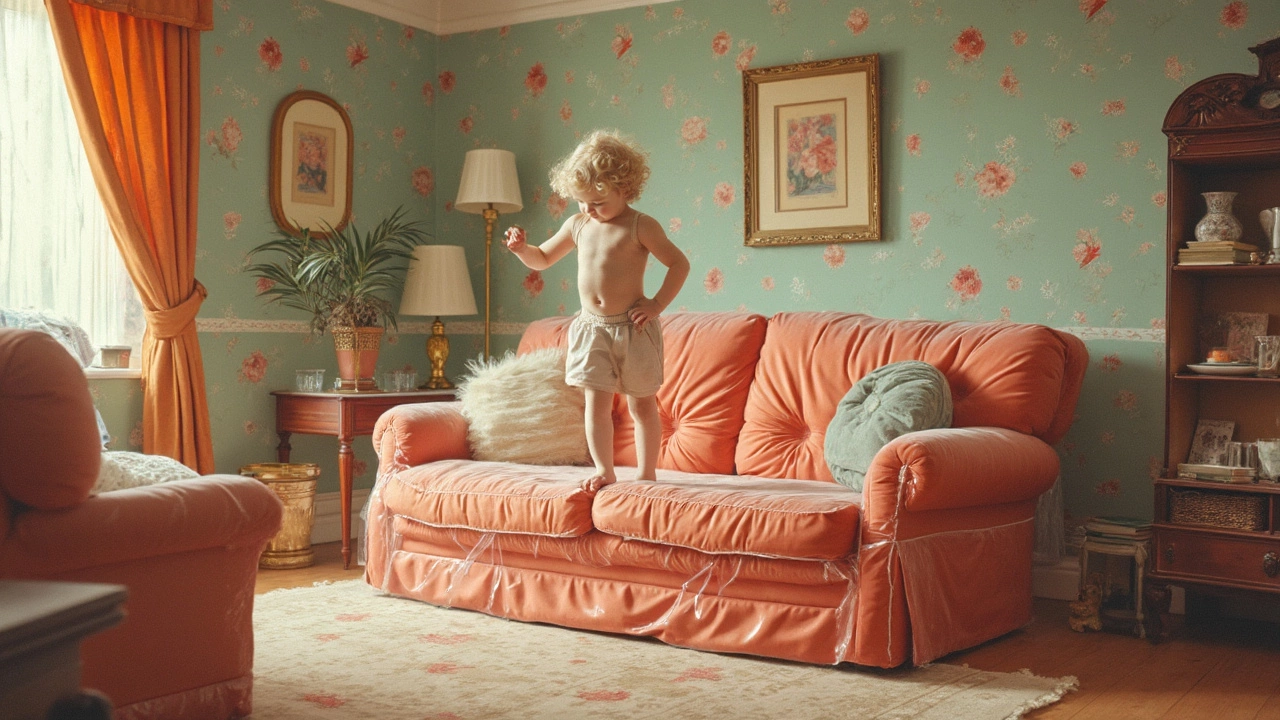
Cultural Influences and Nostalgia
Okay, so let's dive into how culture and nostalgia play into this whole plastic couch cover scene. In many cultures, preserving furniture isn’t just practical—it's a tradition. Families, especially in immigrant households, might view these covers as essential. It’s about keeping things pristine for guests who might drop by unexpectedly.
Traditions Across Generations
In some communities—think Italian or Middle Eastern—having a pristine home reflects pride and respect. Back in the day, young couples often bought their first couch as a significant investment. Covering it with plastic wasn’t just practical; it was a way to stretch value across generations. This handed-down practice creates a strong bond, maintaining a sense of family identity and heritage.
The Nostalgia Factor
Then there’s the nostalgia factor. Growing up, many of us remember visiting grandma's house, where the furniture protection was always on point. Those sticky, squeaky seats might not have been the coziest, but they were iconic! For some, keeping plastic on the sofa today offers a comforting connection to childhood memories. It reminds them of simpler times when weekends were spent listening to stories in the living room.
So, it's not just about preventing pet hairs or spills. For some, it's like keeping a little slice of childhood and tradition alive—one plastic wrap at a time.
Modern Reflections
Interestingly, this habit also reflects a broader desire to maintain the old alongside the new. It's a mix of practicality and sentiment, a way to balance modern living while respecting the past.
Modern Alternatives to Plastic
If you're not a fan of crinkly plastic couch covers that remind you of grandma's house, don't worry—there are some pretty cool and stylish alternatives out there. The home décor world has come a long way, and keeping your furniture protected doesn't mean sacrificing style.
Fabric Slipcovers
One of the most popular picks these days is fabric slipcovers. These are super easy to drape over your sofa, and you can find them in all sorts of colors and patterns to fit your vibe. Plus, unlike plastic, they feel comfy and cozy. You can take them off whenever they need a wash, which is great if you've got pets or kids who love getting a bit rowdy.
Stain-Resistant Treatments
Another solid option is having your upholstery treated with a stain-resistant spray. This magical stuff creates an invisible barrier, making it tough for spills to leave a mark. It's kind of like giving your couch some superhero powers to fight off the inevitable cup of spilled juice.
Furniture Throws
Want to keep it simple? Grab a big, stylish throw. They work double duty as both décor and protection. You can toss it on the couch whenever you're expecting company or whenever the dog decides the couch is its new favorite nap spot.
Laminated Fabric Covers
For those who love the idea of a practically indestructible cover but hate the feel of plastic, laminated fabric covers are worth checking out. Think of these as a hybrid option—super durable and spill-proof but with a touchable fabric finish.
Durable Upholstery Material
If you're buying a new couch, there are lots of upholstery materials designed to withstand everyday madness. Leather or certain types of microfiber can be easier to wipe clean and can handle a lot of wear, making them a great long-term investment.
Whether you're going with slipcovers, throws, or sticking with durable materials, there's no shortage of ways to keep your furniture looking sharp without reverting to plastic couch covers. There's a method out there to match almost anyone's need and style preference. And hey, if you ever want to do a fun little makeover, changing up a cover or throwing on a new blanket is way simpler than buying a new couch!

